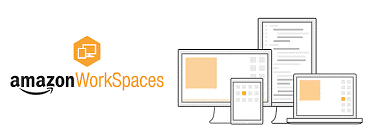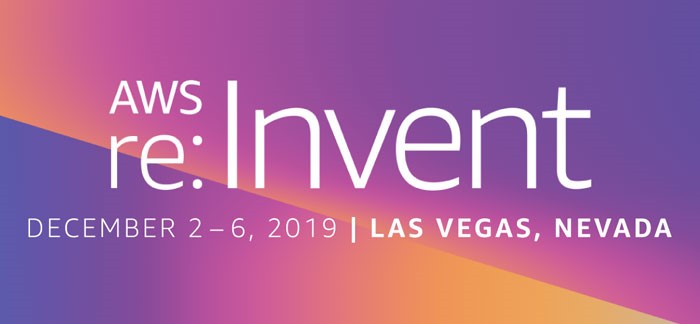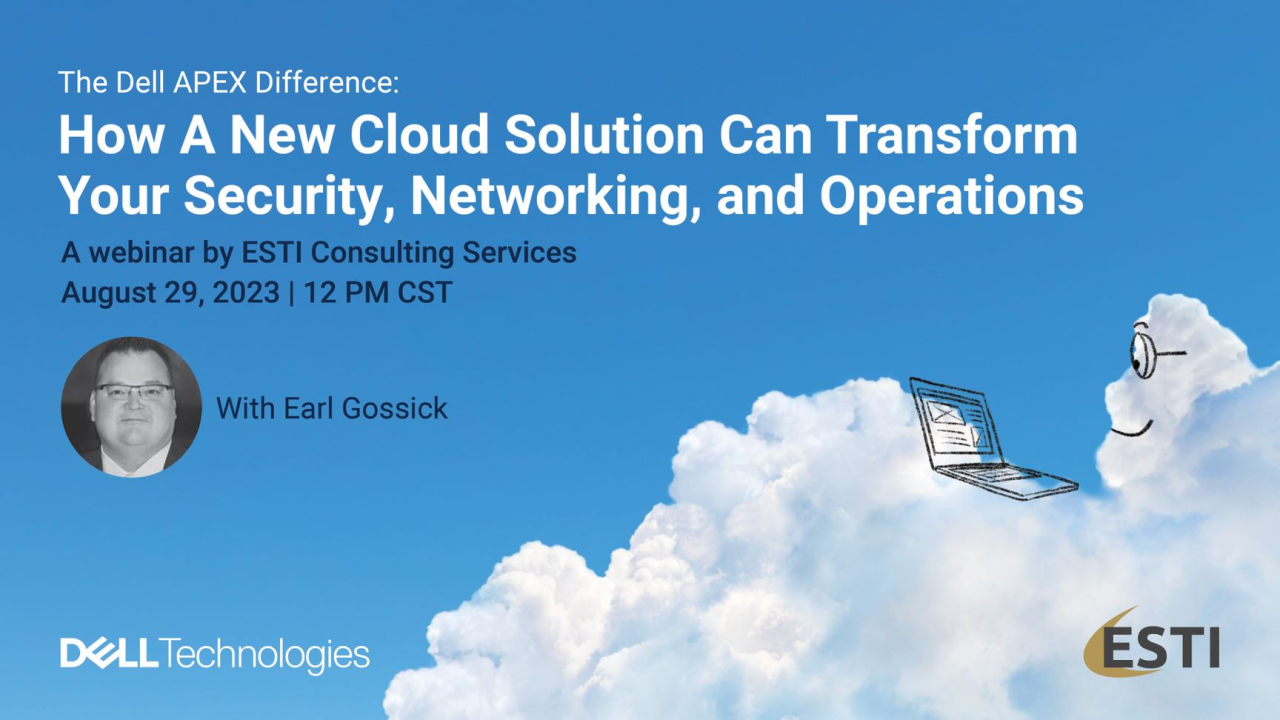by Dan Simair
Oracle OpenWorld - one of the world's largest corporate conferences - once again has treated the masses of Oraclephiles to a week long extravaganza of marketing, networking and fun. OpenWorld storms San Francisco and plays host to over 40,000 conference attendees for a full week.
Usually showcasing trendsetting technology, the major focus of all the mega software companies this year revolved around "Green" strategies coupled with more mundane yet nonetheless important maturation of existing technologies.
The most difficult choice for an attendee is simply deciding what to do as OpenWorld runs in parallel. Lectures, user groups, demonstrations, hands on labs, exhibitor displays, and networking functions all operate all the time. Of course, everything stops in time at night for everyone to get together for a big party.
The parties take place at night and each successive shin dig manages to outdo its predecessor. The welcoming reception, OTN night and the appreciation event are all fantastically organized parties at both the micro and macro scale.
Looking Forward
All of the major new announcements coming from the big software and hardware providers this year (Dell, Sun, Oracle, etc) are coloured Green. Current trends see companies spending more and more of their hardware budgets on powering, cooling and storing of the physical servers that run their software systems. For some large organizations this can be almost half of the cost of the servers themselves and this proportion has been growing each year.
Hardware vendors are now building their servers to use less energy. This not only reduces the electricity needed to power them but causes them to run cooler, further saving costs in cooling systems. Additionally, smaller server design allows companies to fit more hardware into the same physical space; quite an important benefit when you speak of your server farm in terms of acres.
Software companies are also going green through virtualization. This allows hardware to be fully utilized; a virtualization system is set up to control many physical servers and can allocate hardware resources upon demand. No longer do you have hardware sitting idle, and you can simply augment - instead of replace - your existing hardware when you need more resources.
Sessions
Lectures are the meat and potatoes of OpenWorld. With hundreds of presenters there is something to appeal to anyone. Topics range from very technical (massively parallel queries in partitioned databases) to light and fluffy (delivering government services to citizens), very narrow in scope (new features of EJB 3.0) to very broad (best practices for Oracle performance). As with any university course, the presenter can be more important than the content being delivered; the best of them will share insights into their own Oracle related experiences. Even when a lecture devolves into the presenter making a marketing pitch for their licensed product, you can always pull presentation tips and tricks off of a polished salesperson.
The hands on labs give you the opportunity to play with the technologies you hear about in the other sessions. Stations are set up with demonstration data and step by step instructions for you to follow. Should you choose to attend a lab your best bet is to follow your own direction; each 60 minute lab features a 90 minute instruction set and all of the instruction sets are available online for when you actually have time to finish.
Exhibitor displays and Oracle demonstrations are provided to give you in-depth exposure to any product you may want to get to know. Of course the goal here is for marketers to make sales, but value can be derived in the same way a feed aggregator works; products from across the board are all brought to a single place for you to quickly glean.
User groups and networking venues really are the reason for attendees to make the trek to San Francisco as all other session material can be accessed online. Expect to find a glut of consultants and vendors at these sessions. Swapping stories is a quick way to find out the real world stories behind all the marketing promise of the latest and greatest. Even if you don't uncover any great solutions or workarounds, it always feels good to vent to a sympathetic audience.
Social Events
The level of organization and creativity required to throw a party for forty thousand people is nothing short of astounding and the event coordinators at OpenWorld pull it off in style. On opening night, former Saturday Night Live comedians Kevin Nealon and Darrell Hammond entertained with skits between welcome speeches. Later that night, there was a fake jeopardy game show for attendees and 70's live bands with boogie dancers.
The Monday night social was thrown at the Westin St. Francis. This time it went 80's with wall size screens playing music videos from the eighties. Bad haircuts and outspoken clothing aside, the remainder of the event was surreal. Entertainers dressed as night elves battled each other through the halls with bows and arrows and swords. Giants on stilts wandered through the crowds. Circus performers entertained with cirque-du-soleil type antics while shadow people writhed on the floor grabbing at your ankles.
Both these nights paled in comparison to the OpenWorld appreciation night thrown at the Cow Palace. All the free food and drink you can handle along with their annual lineup of A-list performers. This year featured performances by Lenny Kravitz, Mic Fleetwood, Stevie Nicks and Billy Joel.
Something for the Computer Geeks
With Christmas just around the corner Santa has to bring something for the technically enthused. This is not close to a comprehensive list of everything presented at OpenWorld; think of the following as a few stocking stuffers for application developers.
JDeveloper is once again being touted as the flagship IDE of Oracle and all its' major platforms. The new 11g version will be release "sometime in 2008". Some of the features of this new version already being touted:
- JDeveloper is once again being touted as the flagship IDE of Oracle and all its' major platforms. The new 11g version will be release "sometime in 2008". Some of the features of this new version already being touted:
- A new set of ADF Faces are being released to deliver web 2.0 type behavior.
- Extending ADF Faces skins will be possible. This includes extending the Oracle default look and feel.
- Even more declarative options for 4GL developers.
- A JavaScript API will be provided.
- Templating will be possible with the ability to create and use your own templates. Again, these will be extendable.
- More SQL Developer type operations will be possible in the connection manager.
Once again Oracle has stressed that they will continue to support Oracle Forms and Reports indefinitely. However, there were no sessions offered for new Oracle Forms features and many sessions covering how to integrate with or migrate to the ADF framework.
Last year Oracle announced they would be providing their own support for Red Hat Linux. This year Oracle announced they will be providing their own Linux version. It will be very similar to Red Hat and will remain open source.
With the release of Application Server 11g, libraries will no longer need to be packaged into each deployment; they can be deployed into a single container and then be accessed from other containers.
Expect to be spending more time with Oracle's SOA suite as Oracle continues to back this set of best practices with their software.


_5ce4583728a9b0_58099909.png)
